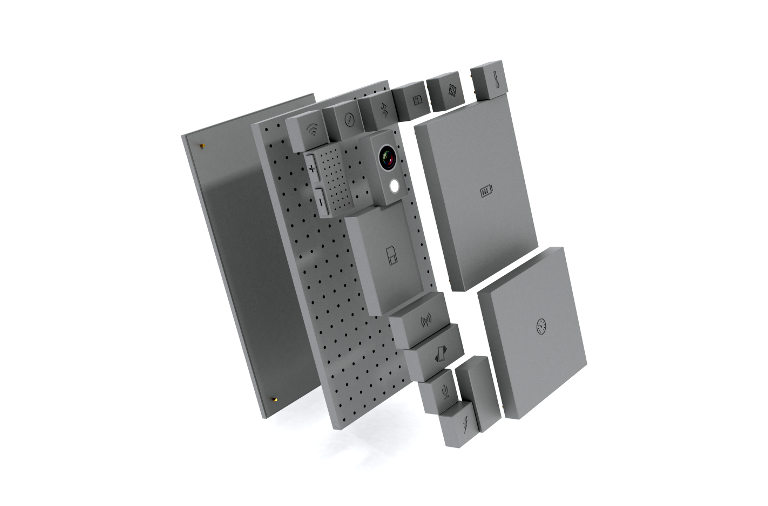The Circular Economy turns linear supply chains into loops so that nothing is wasted. Ideally, there is no more end of the line like a landfill. Practitioners look at all the options across supply chains to use as few resources as possible in the first place, keep resources in circulation for as long as possible, extract the maximum value from them while in use, and recover and regenerate products at the end of service life.
Put simply: It means understanding that everything is a resource to be kept in circulation. There is no garbage or waste.
But what does a circular city look like, and how can local governments and citizens come together to create one?
ICLEI outlines a vision for a circular city as
“a city that promotes the transition from a linear to a circular economy in an integrated way across all its functions in collaboration with citizens, businesses and the research community. This means in practice fostering business models and economic behavior which decouple resource use from economic activity by maintaining the value and utility of products, components, materials, and nutrients for as long as possible in order to close material loops and minimize harmful resource use and waste generation. Through this transition, cities seek to improve human wellbeing, reduce emissions, protect and enhance biodiversity, and promote social justice, in line with the sustainable development goals.”
“It is important to understand priorities for circular economy interventions,” said Burcu Tuncer, Head of Circular Development & Global Coordination for ICLEI. As such, ICLEI partnered with Circle Economy to provide an online prototype tool, Circle City Scan Tool, which helps identify potential areas to focus efforts. The tool has been implemented in several European cities already.
For example, in Glasgow City the scan identified three key sectors of economic importance: education, manufacturing, and health.
“We would suggest engaging in regional initiatives and clustering around a common vision that can provide peer-to-peer exchange,” Tuncer said.
“For example, the European Secretariat has led the visioning for a Circular City in Europe and acquired more than 40 signatories for the European Circular Cities Declaration. At the global level, the recently launched platform, ICLEI Circulars presents challenges, priorities, and best practice interventions of cities in world regions under regional hubs. These are great opportunities for cities to start exploring the circular economy opportunities and see how peers are doing,” Tuncer said.
As a starting point for achieving circular development, local governments can utilize 5 complementary strategies to transition from a linear to a circular economy in an integrated way across all urban systems in collaboration with citizens, businesses, and the research community.
Here are the 5 strategies to achieve circular development on a local level:
Rethink
Leading circular cities redesign value chains that foster community links and phase out linear incentives. This way urban systems become adaptive and residents get reconnected to local production chains. For example, Ghent (Belgium) actively supported the setup of a renewable energy cooperative, REScoop. Through collective ownership of homeowners’ solar panels, members can share energy efficiency, so that even homes with less sunlight can benefit from the cooperative.
Regenerate
Leading circular cities ensure all infrastructure and production-consumption systems positively contribute to local resource and nutrient cycles and respect ecosystems’ regeneration rates. For example, Shenzhen (China) turned a 105-acre abandoned agricultural experiment station into a park that incorporates sponge city principles (e.g. small swales to catch runoff, ponds with native rushes, permeable pavement).
Reuse
Leading circular cities extend the use of existing resources, products, and infrastructure. For example, Brisbane (Australia) runs regular reuse and upcycle workshops and demonstrations to help citizens learn repair and remanufacturing skills.
Reduce
Leading circular cities design infrastructure, processes, and products to minimize material & energy consumption and waste generation during production, use, and end of life. For example, Jaipur (India) hosts the Jaipur Integrated Texcraft Park Private Ltd., an eco-friendly textile production park with facilities for water recycling, rainwater harvesting, and energy conservation.
Recover
Leading circular cities enable the recovery of materials at their end of life and facilitate their reintroduction in production processes. For example, Quelimane (Mozambique) collects organic waste from 11 markets as part of the “Quelimane Limpa” project. The waste is then taken to a local composting facility and turned into compost for distribution in neighboring gardens.
The upcoming April 14 session during the ICLEI World Congress will explore a deeper look at “Following the Circular Development Pathway Towards Sustainable Cities”.
The virtual high-level dialogue will focus on the contribution of ICLEI and local and regional governments to circular development. Starting with a keynote presentation on how circular development connects to broader sustainability goals, Mayors from different world regions will then present the opportunities and challenges they see with regards to localizing the circular economy.
ICLEI will also share its global strategy and platform, ICLEI Circulars, to accelerate circular development in cities and regions.
Register to attend the April 14 session and explore the resources and case studies in the ICLEI Circulars.
Speakers for the session include:
- Martina Otto
Head Cities Unit & Head of Secretariat, Global Alliance for Buildings and Construction Economy Division, UN Environment Programme - Minna Arve
Mayor, City of Turku, Finland
ICLEI Global Executive Committee Member; ICLEI European Regional Executive Committee Member - Mohammed Adjei Sowah
Mayor, Accra Metropolitan Assembly, Ghana - Mr. Richard Shea (tbc)
Town Supervisor, Philipstown, NY, USA - Ms. Kelly Takaya King
Councilmember, Maui, HI, USA - Ta-sheng LO (tbc)
Deputy Mayor, Kaohsiung, Chinese Taipei - Geraldo Julio de Mello Filho (tbc)
State Secretary of Economic Development, State of Pernambuco, Brazil
ICLEI Global Executive Committee Member; ICLEI South America Regional Executive Committee Member - Martijn Lopes Cardozo
CEO, Circle Economy - Burcu Tuncer
Head of Circular Development, ICLEI World SecretariatEku
Global Coordinator of ICLEI’s Circular Development Pathway
This article was reposted with permission from Shareable.net.
Teaser image credit: A modular phone. What if we designed products to last? Photo by Dave Hakkens via Wikimedia Commons





